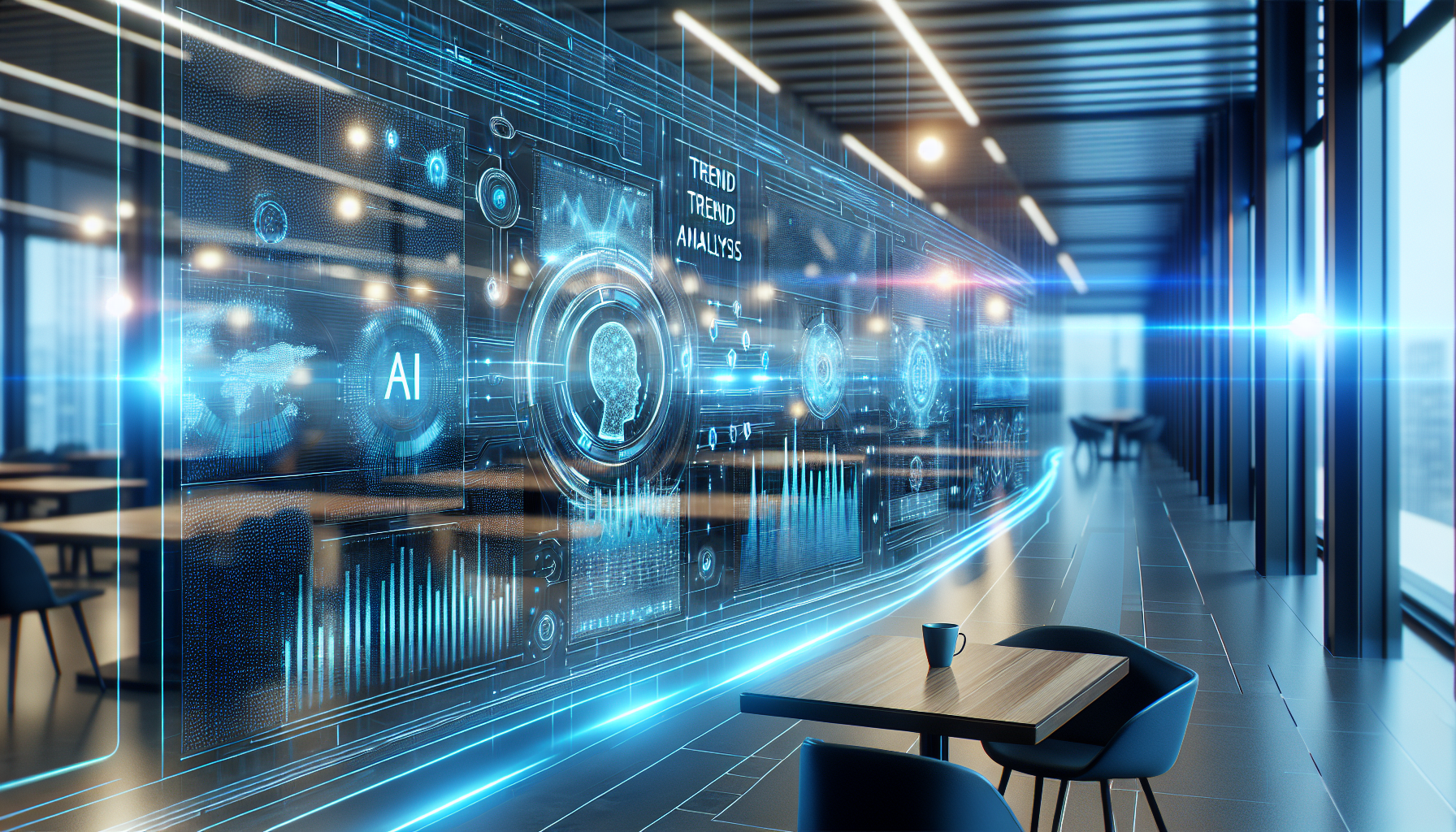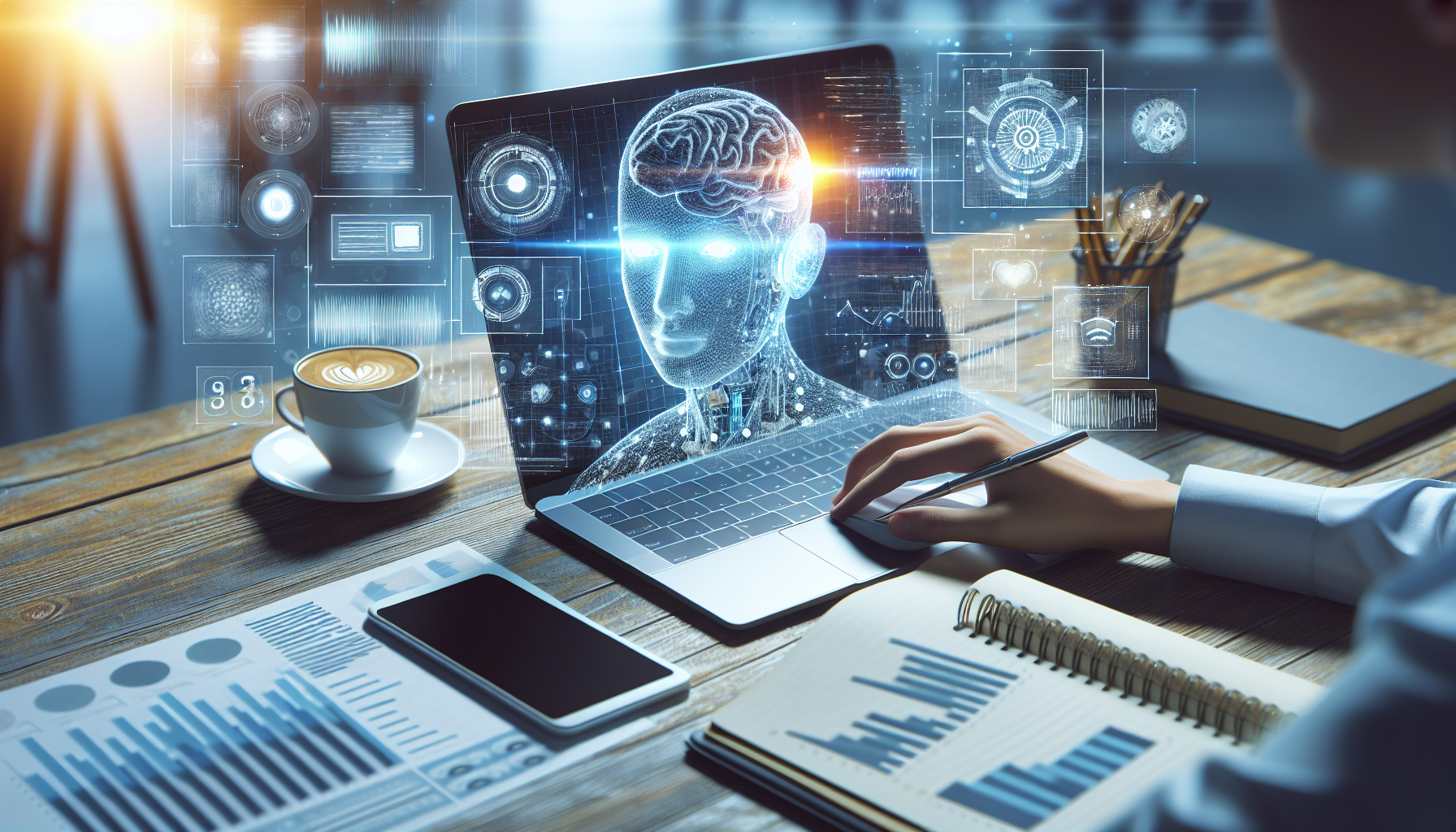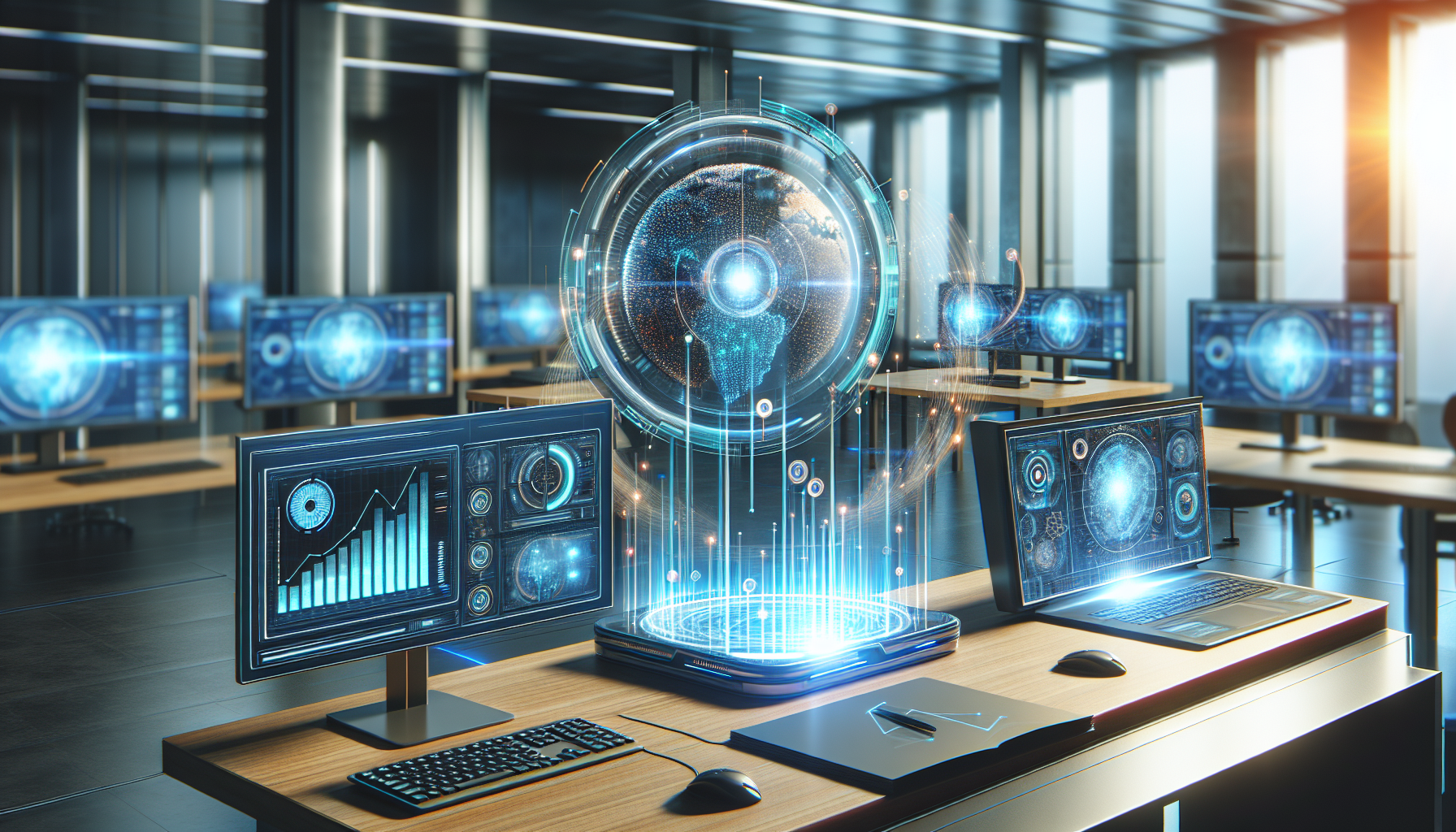
AI and Human-Computer Interaction: Are We Truly Bridging the Gap or Widening It?
July 20, 2025
Artificial Intelligence (AI) has been heralded as the transformative force that will redefine human-computer interaction, promising seamless integration into our daily lives. Yet, while AI technologies advance rapidly, the promise of truly intuitive and human-centered interfaces remains elusive. Are we genuinely bridging the gap between humans and machines, or has AI inadvertently widened it by creating new complexities and dependencies?
At the heart of this conundrum lies the fundamental question of whether AI systems are being designed with human users in mind or for the sake of technological advancement alone. The concept of user-friendly design has evolved from mere graphical user interfaces to sophisticated voice-activated assistants and emotion-sensing algorithms. However, the very sophistication that aims to enhance usability often introduces new layers of complexity. Users find themselves grappling with systems that, despite their advanced capabilities, fail to understand nuanced commands or misinterpret user intent.
Consider the rise of AI-driven virtual assistants, which have become ubiquitous in homes and workplaces. These systems, equipped with natural language processing capabilities, promise to understand and respond to human queries effortlessly. Yet, for many users, the reality is a frustrating cycle of repeated commands and misunderstood requests. The technology that is supposed to simplify interactions often becomes a source of frustration, suggesting that the gap between humans and computers is not closing as rapidly as anticipated.
Moreover, the ethical implications of AI in human-computer interaction cannot be overlooked. As AI systems become more integrated into personal and professional spheres, concerns about privacy, data security, and autonomy arise. Users are increasingly wary of devices that listen, learn, and adapt based on their behavior, fearing the erosion of personal privacy. This skepticism signals a critical trust gap that developers must address to truly bridge the divide between humans and AI systems.
Another dimension to consider is the accessibility of AI technologies. The digital divide remains a significant challenge, with AI systems primarily designed and tested in environments that do not represent the full spectrum of human diversity. This lack of inclusivity means that many potential users are left behind, unable to benefit from advancements that are not tailored to their needs or circumstances. Bridging the gap requires a concerted effort to design AI systems that are accessible and inclusive, taking into account diverse languages, cultures, and abilities.
Furthermore, the dependency on AI systems raises questions about human intuition and decision-making. As AI becomes more capable of handling complex tasks, there is a risk that human skills may atrophy. The reliance on AI for decision-making can lead to a passive interaction model, where users defer to machines without critically evaluating outcomes. This dynamic not only impacts individual skills but could also have broader societal implications, as human oversight and judgment become diluted.
Despite these challenges, there are promising developments that suggest a potential for harmonizing AI and human interaction. Initiatives that focus on human-centered AI design principles, emphasizing empathy, transparency, and collaboration, offer a pathway forward. By prioritizing user experience and ethical considerations, developers can create systems that enhance rather than hinder human capabilities.
The integration of AI into human-computer interaction presents a complex landscape of opportunities and challenges. While the potential for improved efficiency and personalization is significant, the path to achieving it is fraught with obstacles that demand critical scrutiny. In the race to innovate, it is imperative to remain mindful of the human element, ensuring that technology serves to enhance, rather than detract from, the human experience.
As we stand on the brink of a new era of interaction, the question remains: will AI systems evolve to meet the diverse needs of their users, or will they continue to cater to the few, leaving the gap between humans and computers wider than ever? This is a pivotal moment in defining how technology will shape our lives, and the choices made now will resonate far into the future, determining whether AI becomes a bridge or a barrier.


